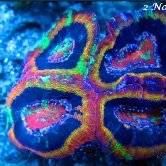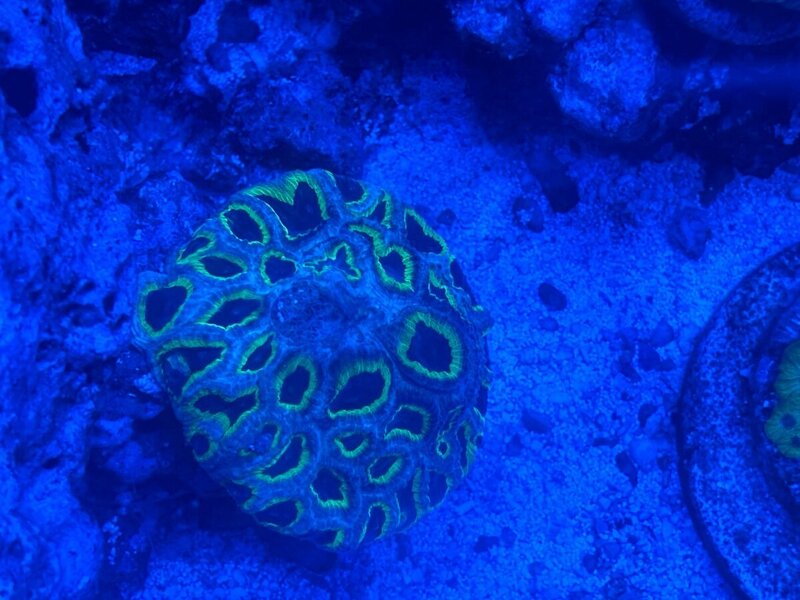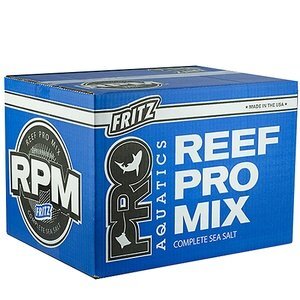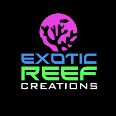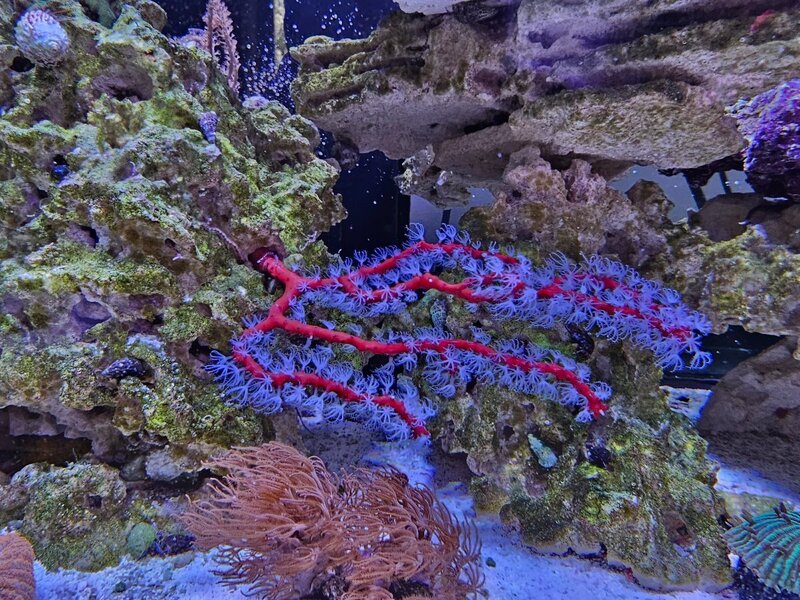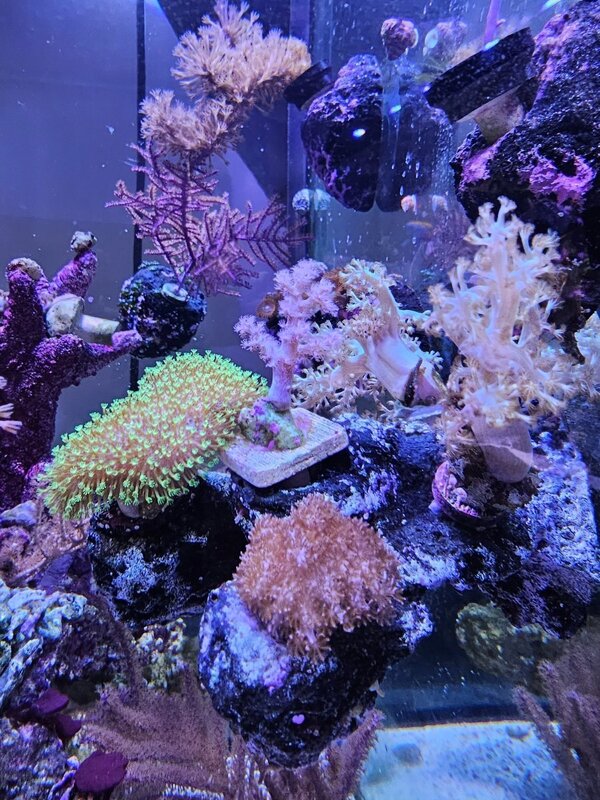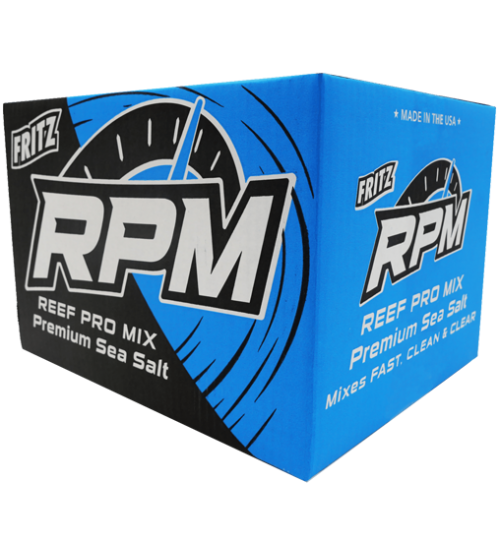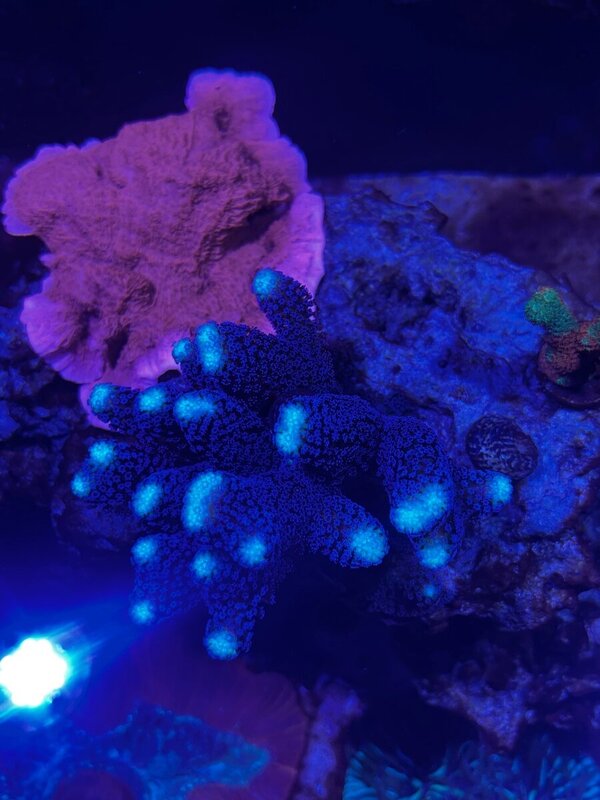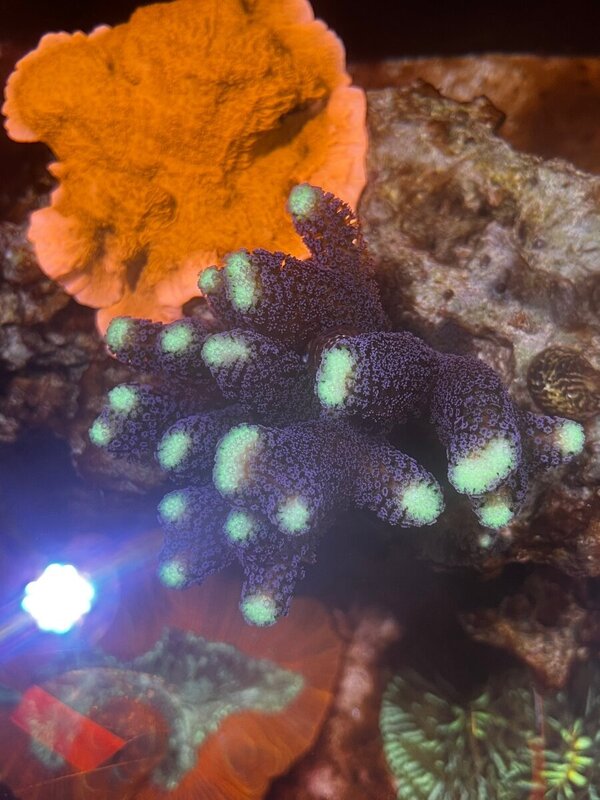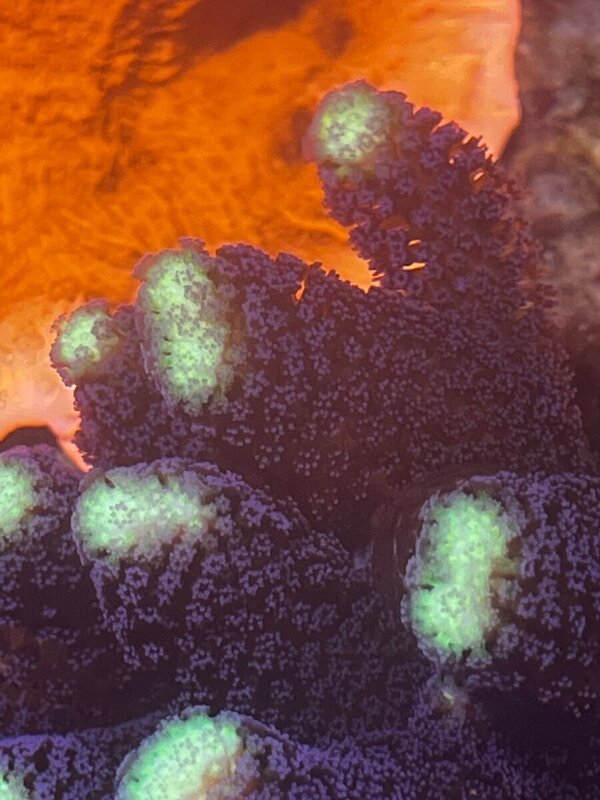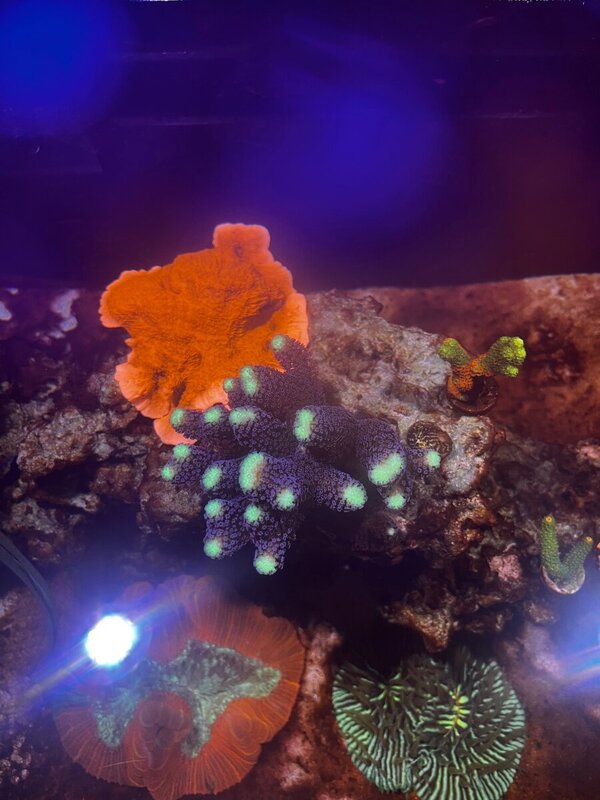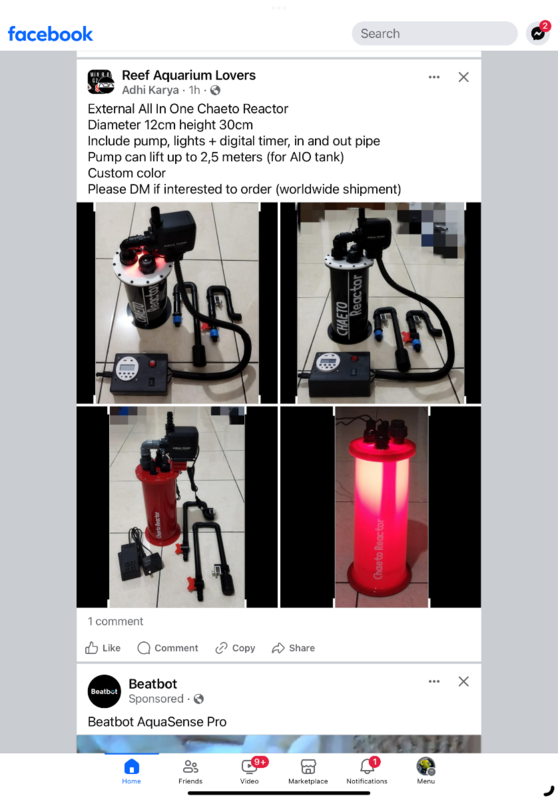All Activity
- Yesterday
-
SAVE THE DATE! More details posted soon. WAMAS Summer 2024 Meeting (in person, not streamed) Saturday, July 27, 2024 Time: 2:00 PM - 5:00 PM (Speaker starts at 3 PM) Where: Green Acres Center, 4401 Sideburn Rd., Fairfax, VA WAMAS Platinum Sponsors - Air, Water & Ice - AquaHaus - Avast Marine - Blue Ribbon Koi - Capital Exotic Fish - ChemiPure (Boyd Enterprises) - Coral Magazine - Exotic Reef Creations - Frank's Tanks - ICP Analysis - Maxspect - Puddle Aquatics - Reed Mariculture (Reef Nutrition) - Reef eScape - Reef Nerd Aquatics - SaltwaterAquarium.com - Supreme Reefs WAMAS Banner-Only Sponsors - Cobalt Aquatics - Jellyfish Art - MASNA - Two Little Fishies Raffle Prizes: WAMAS Platinum Sponsor Reef Nutrition is donating three gift cards to our May 4 Spring Meeting: $100 Gift Certificate for Reef Nutrition products (with $40 bump-up for shipping) 50 Gift Certificate for Reef Nutrition products (with $40 bump-up for shipping). (2 chances to win!) More info. posted soon.
-

WAMAS Spring Meeting May 4, 2024 - Colin Foord
Gatortailale replied to Gatortailale's topic in Club News
Coveys Coral Cove - out of Bloomsburg, PA, will be on site selling. Thank you to all the coral vendors coming out to help make the meeting great. Sponsors On Site, Selling Capital Exotic Fish: @CapitalExoticFish Supreme Reefs: @Supreme Reefs Vendors On Site, Selling Jason Fox Signature Corals: jasonfoxsignaturecorals.com Coveys Coral Cove: https://www.coveyscoralcove.com/ Members On Site, Selling @gws3 r.Chalice -
I don't think it is fish related. No change in characters (Bristletooth, clowns, sixline, melanerus, dragonet). Pumps are only off during feeding and even then not all the time. I did increase my photo period by 30 minutes and switched it back last night but don't think that would do it. It is on the sand bed. I do have a few inverts (emerald, cleaner, pep, banded, urchin. Am afraid it being some kind of worm or pest burrowing in. Will do a bath today and see if that helps. Parameters are all good and stable. Everything is doing fine. Mixed Reef (SPS Dominant) 80 Deep Blue Thanks!
-
Do you leave your pumps off for a long period? Or has it happened recently? I wonder if something settled on it and smothered it or something. I've seen a little bit of direction-specific polyp loss from being overlit, where the rest of the coral still seemed fine, but it usually slowly spread out from that spot, was accompanied by bleaching, and it probably wouldn't be just a central polyp unless it was like conical. A fish could certainly do something, but are there that many fish that would eat/damage the one polyp and then leave the rest alone in the long term? Mine always came back for more eventually
-
ReefdUp started following LPS specific Polyp death
-
Can you get some clearer photos (daylight pic)? And all the other polyps are healthy? Typically when I see top-down LPS damage like that, it's a fish that went rogue. That's not always the case, but... what's your inhabitant list? Shrimp and some other inverts can do this, too, but they usually go in from the sides. Can you provide your tank parameters and general setup? It would also help to have a full tank shot.
-
yagerboy started following LPS specific Polyp death
-
It seems as if the single lps polyp is affected by some kind of pest but can’t see anything. Pic is tonight after being out of town for a few days. Any ideas?
- Last week
-

WAMAS Spring Meeting May 4, 2024 - Colin Foord
Gatortailale replied to Gatortailale's topic in Club News
Mast prize list update above. Below are some of the recent additions. Thank you to all our sponsors. Please be sure to support our sponsors, and if you win, follow up and let them know you appreciate their donation to support the club. Aqua Illuminations Nero 5 powerhead from WAMAS. $239 value. 1 chance to win! Supreme Reefs - coral frags. Fritz Blue RPM salt, 200G size from Exotic Reef Creations. 4 chances to win! Sicce XStream SDC pump. $249 vlue. 1 chance to win! $50 livestock Gift Certificate from Blue Ribbon Koi. 3 chances to win!! Nero 5 XStream SDC -
izzy21 joined the community
-
bbert joined the community
-
ALL FISH HAVE BEEN THROUGH OUR UNMATCHED PROTOCOL AND NEED TO GO FOR HUGE SHIPMENT COMING IN SO PRICES ARE LOW! barred spinefoot / two barred rabbitfish - $50 achilles tangs (juv) - $350 flame angels - $85 sunset anthias - $50 yellow coris wrasses - $35 goldflake angelfish (conditioned over six months, 4.5") - $450 juv queen angels (sizes range from 1.25 - 3") - $180 pajama cardinalfish - $20 small blue hippo tangs - $70 small mimic half black tangs - $60 small blonde naso tangs - $90 small clown tangs - $90 mauritius vivien's leopard wrasse - $390
-
Over the weekend, @miggs76 and I took our annual road trip to@Pacific East Aquaculture. Dr. Mac has a very unique selection. I highly recommend a visit if you haven't had the opportunity. Here are a few pieces I was able to hand pick. They're destined for ValaWan's reef after a brief quarantine period.
-
Thank you, Matt! You have to stop by one day to check out the build in person!
-
probably milka stylo
-
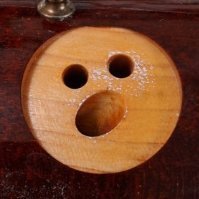
DaJMasta's 45G AIO Cube Mixed Reef
DaJMasta replied to DaJMasta's topic in Dedicated Tank (Build) Forum
That kind of thing could certainly work, but it's sort of a mess to try and incorporate - this is an AIO system, so either you add it on like a sump, or you add it on like a HoB, which doesn't physically have a great option where my tank is. Probably the option that would make sense would be to mount it over the tank, so you pump water into it and then let it fall back in, but there's not a lot of space and I don't know if I want to mount it to the wall of this apartment, so it's a harder sell. I thought about it and looked around a bit and decided I could probably make my own, though. So I bought some low color temperature halogen bulb LED replacements as well as some ceramic bases, and I've got a 12V power supply and a low speed fan to go along with. The idea is to design and 3d print a plastic box that slides into the media basket tower - black sides, but a clear plastic basket in the center with short handles to remove and then a black plastic hood with the lights, electrical, and vented cooling fan. I think 3 narrow beam halogen replacement bulbs should allow pretty considerable depth penetration (the chamber is something like 20 inches high, but I think the basket will go down maybe a foot), it will fit where the previous one was, it will be larger in size, and with reasonable thermal design, it should be no risk to itself or the creatures around (12V DC, fused, and seated above the top of the glass to prevent flooding.) Have to get to designing it and will probably need an iteration or two, but then it will be time to try and grow something with it. Since taking the scrubber offline, I had the big film algae bloom, some hair algae in the display (especially on powerheads), and finally a bit of cyanobacteria bloom, but everything's calming down a bit. I think it's back to some level of equilibrium for now. -
-
Just ordered a set of lids for my Aqueon 65 reef ready tank from https://www.clearviewlids.com/ Getting their new to be rolled out modular lid design. This new design will let you swap out pieces in the future in your equipment needs change. Saves from having to get an entire new lid - meaning that say I want to swap out light mounts in future. Adam at ClearView Lids can create a new back piece to swap out. I'll have to post pictures once they are built and delivered. And another great thing is they are a local small business based in Virginia.
-

WAMAS Spring Meeting May 4, 2024 - Colin Foord
Gatortailale replied to Gatortailale's topic in Club News
Prize list updated. Hope to see everyone at the meeting. -
** !! FRITZ RPM BLUE SALT BOX GROUP BUY !! **
DarStar301 replied to monkiboy's topic in Exotic Reef Creations
count me in, and a bottle of pain killer for my back -
FRITZ RPM BLUE 200g SALT BOX w/ FOUR BAGS in EACH BOX FOR EASY USE fritz RPM blue boxes which are regularly $100, now available for only $60 each! pick up available in silver spring at the buyer's convenience this group buy closes on 04/29 @ noon salt will be available as early as that weekend PM me to secure your purchase/boxes - thanks folks!
-
Agree, Purple stylo.
-
Purple stylo Sent from my iPhone using Tapatalk
-
Pocilopora
-
I have gotten this coral a while ago and it’s done pretty good for me. It has almost green glitter and purple polyps that extend very far. It is almost like a glitter Goni. thank you very much. If you can figure out what it is.
-

DaJMasta's 45G AIO Cube Mixed Reef
Gatortailale replied to DaJMasta's topic in Dedicated Tank (Build) Forum
-
Looking great!!!


